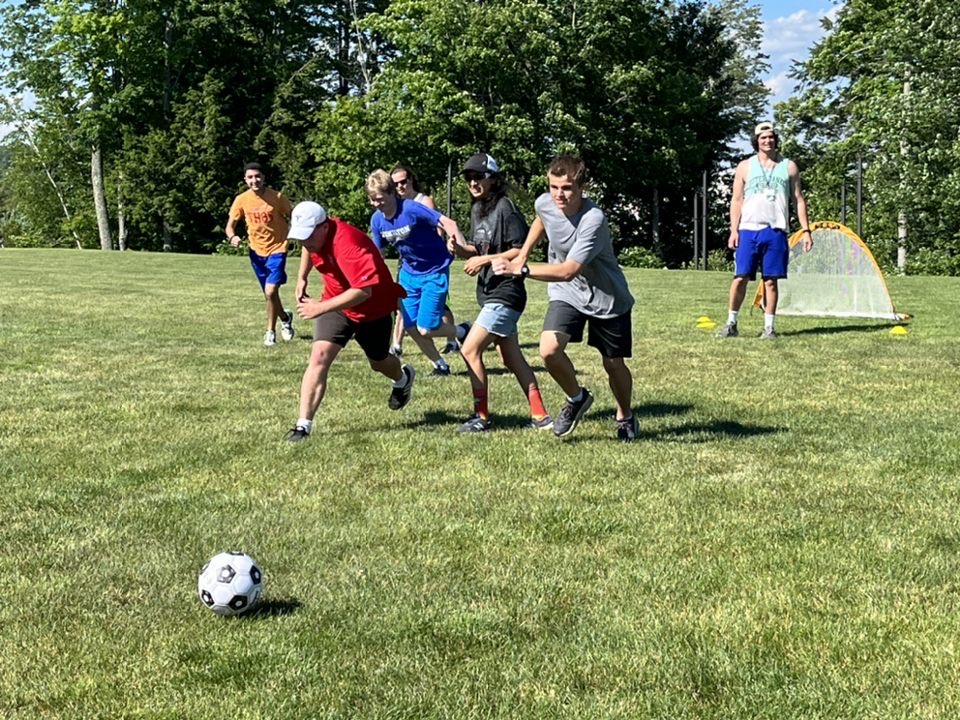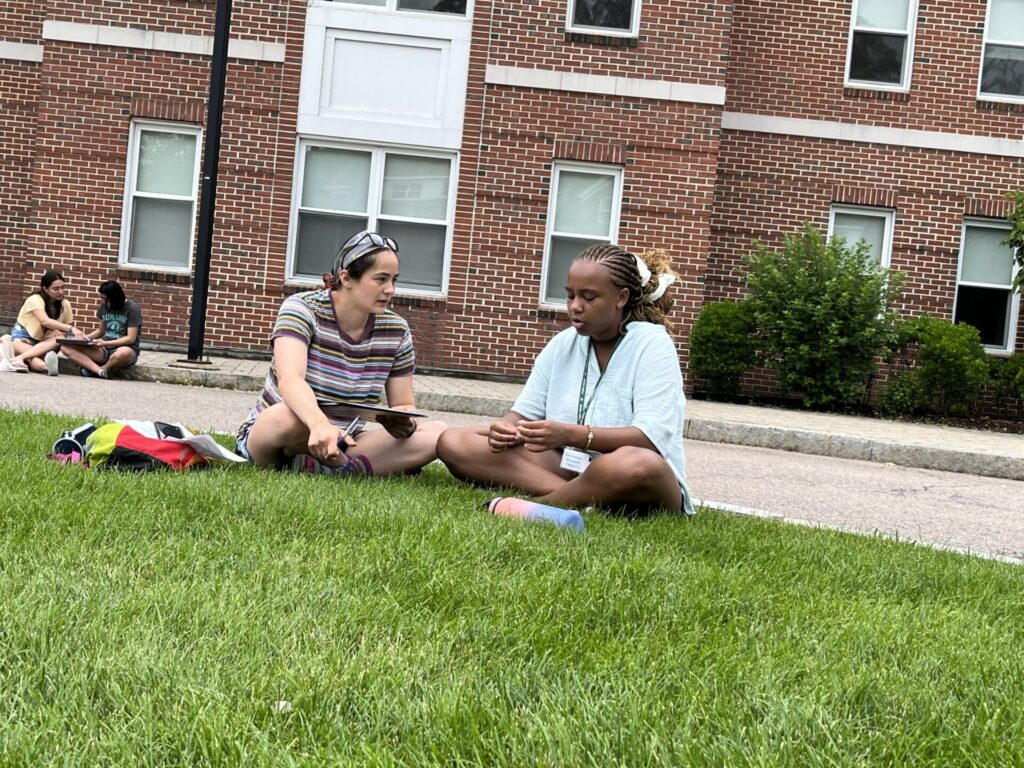At Beyond Akeela, we welcome a neurodivergent population of teens that typically have diagnoses of Autism Spectrum Disorder (ASD) Level 1, ADHD inattentive type, and Non-Verbal Learning Disorder (NVLD). NVLD is not as well-known as some other learning disorders, and its similarities with ASD can sometimes lead to confusion. This page aims to shed light on what NVLD is and how it shares certain characteristics with ASD.
What is NVLD?
Non-Verbal Learning Disorder is a neurological condition that affects cognitive and social skills, with individuals typically struggling in areas related to non-verbal communication, visual-spatial awareness, and motor coordination. Unlike other learning disorders, individuals with NVLD often excel in verbal abilities, displaying strong language skills and a propensity for rote memorization.
Common Traits in Teens with NVLD:
Verbal Abilities: Despite challenges in non-verbal areas, individuals with NVLD often are verbally fluid in conversation. They may possess a rich vocabulary, good verbal memory, and advanced reading abilities.
- Non-Verbal Communication: Individuals with NVLD may struggle to understand and interpret non-verbal cues such as body language, facial expressions, and tone of voice. This can lead to difficulties in social situations and hinder the development of relationships.
- Spatial and Motor Coordination: NVLD can impact spatial reasoning and fine motor skills. Tasks like organizing a backpack, tying shoelaces, or understanding spatial relationships can be challenging for individuals with NVLD.
- Executive Functioning: Executive functions, such as planning, organizing, and managing time, may be impaired in individuals with NVLD. This can affect academic performance and daily life tasks.
NVLD and ASD: A Closer Look at Similarities
While NVLD and ASD are distinct neurological conditions, they share certain characteristics that we often see in Beyond Akeela teens.
- Difficulty with Non-Verbal Communication: Both NVLD and ASD can manifest in challenges related to non-verbal communication. Difficulty interpreting body language, facial expressions, and tone of voice is a shared characteristic.
- Social Challenges: Both NVLD and ASD can involve difficulties in social interactions. Individuals may struggle to understand social cues, leading to challenges in forming and maintaining relationships.
- Routine Oriented: Individuals with both NVLD and ASD may exhibit a preference for routine and take time to adapt to unexpected changes to that routine. Typically, previewing changes to routines helps with the transition from one environment to another.
- Sensory Sensitivities: Teens with ASD & NVLD can both struggle with processing too much sensory stimuli, such as light, sound, or touch. Providing sensory friendly environments can lead to more confident and comfortable teens.
Here are some great resources for teens with NVLD and their families:
























